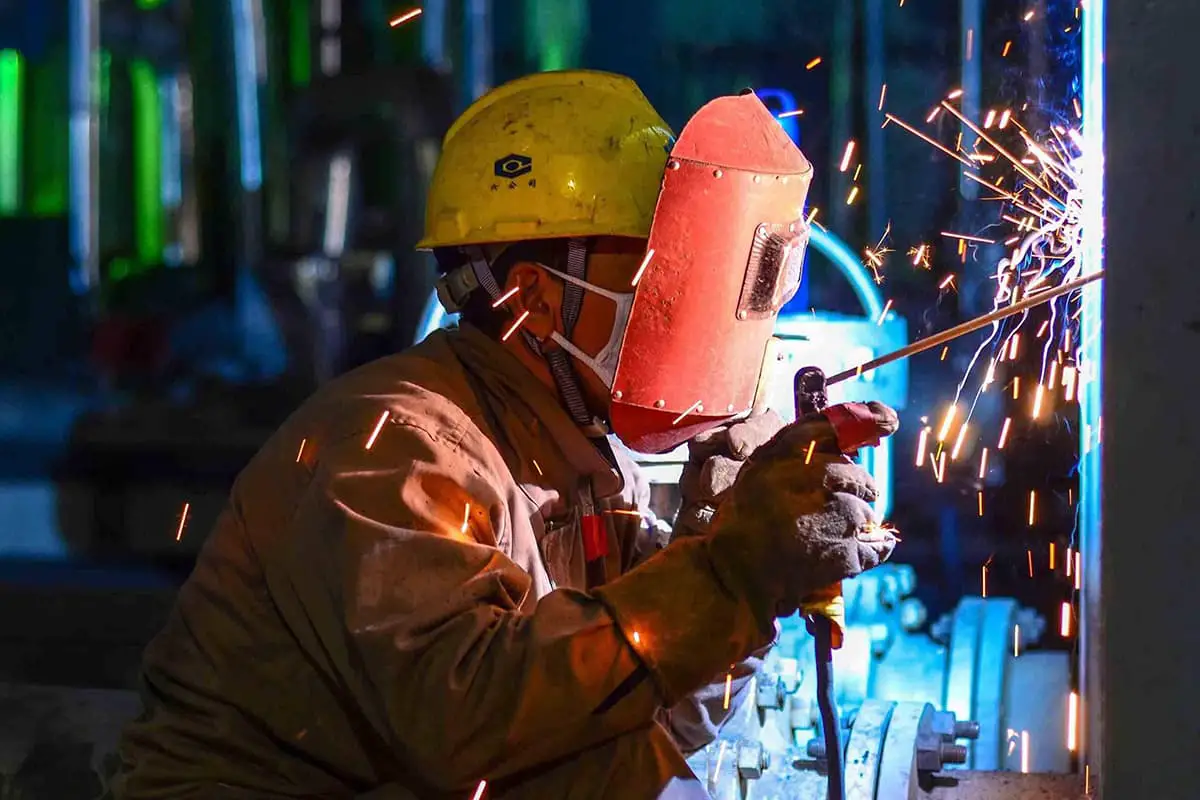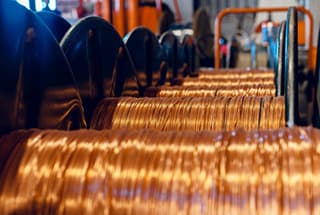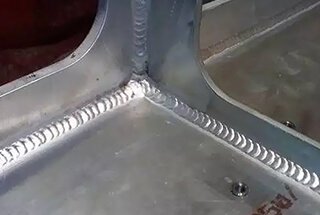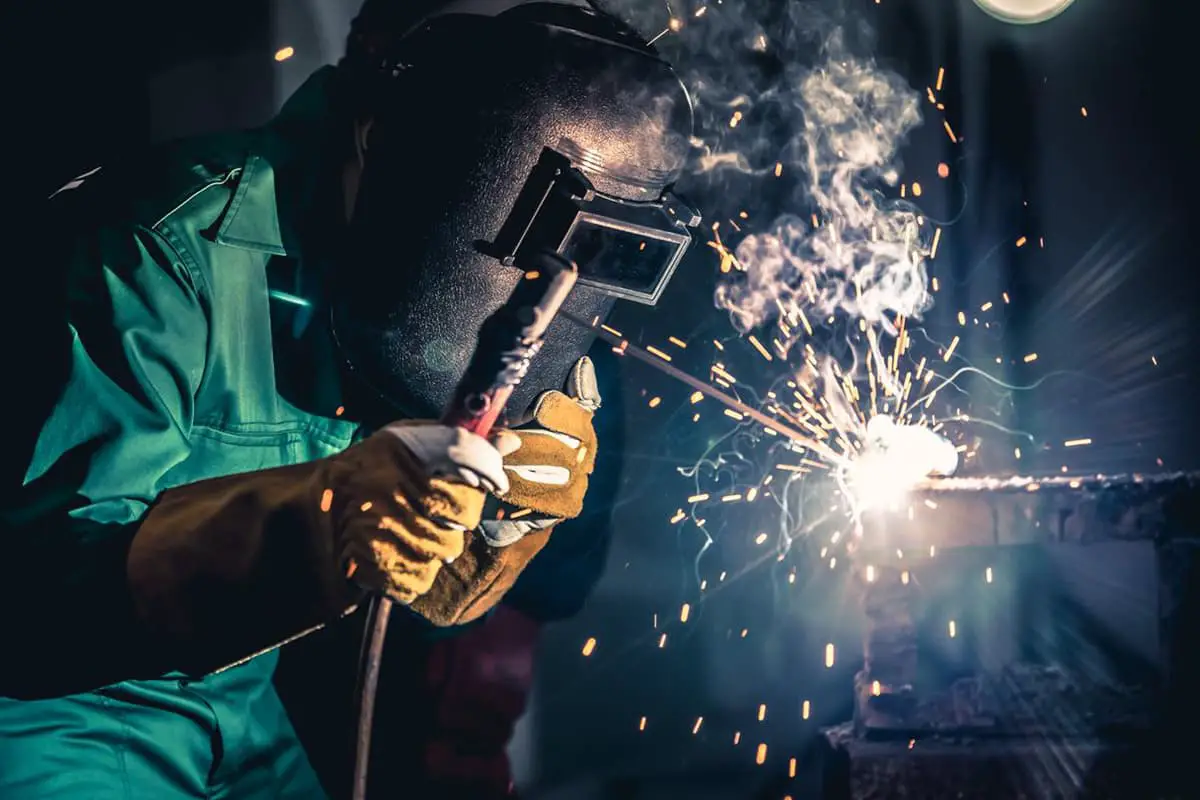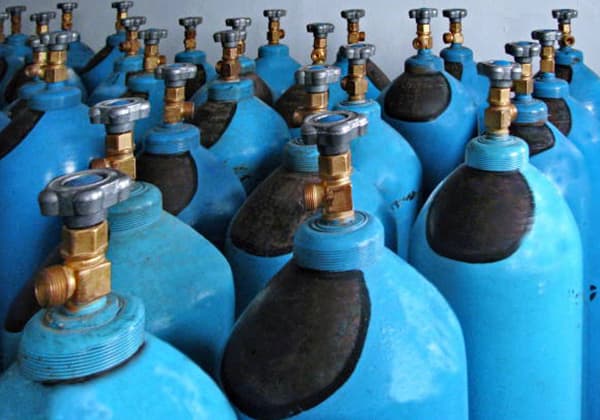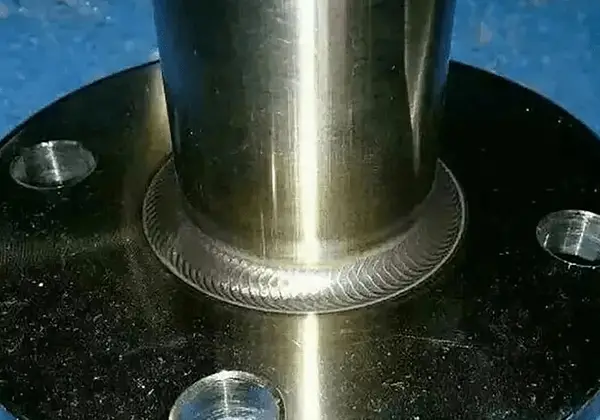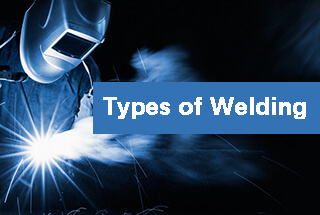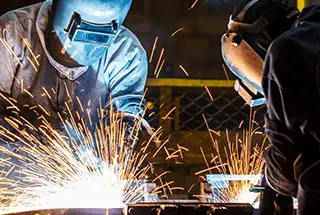
Have you ever struggled with welding stainless steel and wished you had a handy guide to address common issues? This article covers essential FAQs for stainless steel welding, including techniques for different plate thicknesses, solutions to common welding problems like blisters, and recommendations for the best welding methods. Dive in to learn how to improve your welding results and avoid common pitfalls!
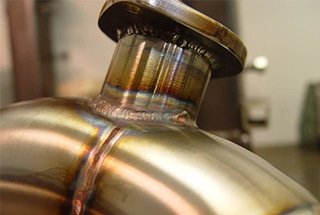
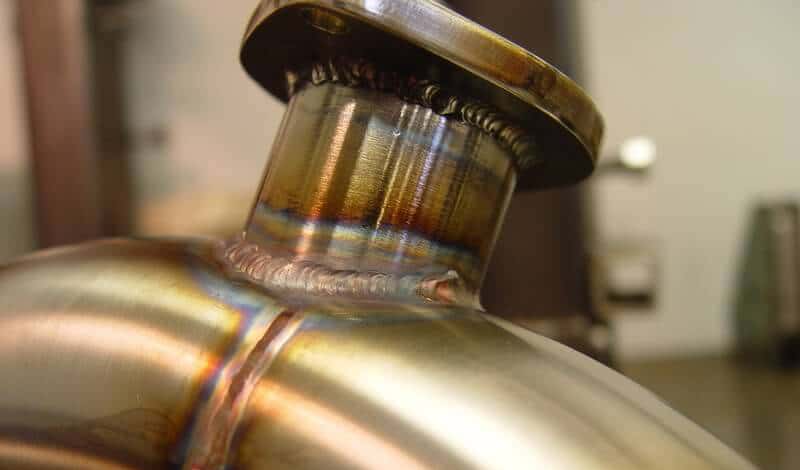
Q1: What welding method is used for welding of 6mm 316L stainless steel plate?
A: Manual argon arc welding (MTIG) or CO2 welding, manual electrode welding can be used.
Manual Argon Arc Welding: Choose an ER316L welding electrode, with a thickness of 2.5mm or 3.2mm. When welding 6mm thick plates, the X-shape groove can be utilized. Note that welding deformation should be taken into consideration and it can be welded from both the front and back to counteract its effects.
CO2 Welding Method: For optimal welding results, use a flux-cored E316LT welding electrode. The flux-cored electrode is more expensive but provides better weld protection and minimal spatter. When operating, ensure proper root cleaning of the interlayer by removing any skin before proceeding to the next welding step.
Manual Electrode Welding: Manual electrode welding is also an option for processing. Use an A207 electrode for welding. Remember to pay attention to the root cleaning of the interlayer when welding with this method.
Q2: The technique of argon arc welding for thin stainless steel plates
The outcome of your welding process depends on various factors such as the smoothness of the weld, the amount of deformation, and whether or not grinding and polishing are involved. For a thickness of 0.7mm, welding is relatively straightforward. However, welding 0.4-0.5mm thickness plates can be more challenging. It’s common to experience some deformation when welding 0.7mm stainless steel plates, but there are steps you can take to minimize it:
Ultimately, the key to successful welding is practice and technique.
Q3: What is the reason for blister for stainless steel plate with argon arc welding?
Cases 1:
When I use argon arc welding to join two stainless steel plates, the initial weld is successful. However, there are some small holes, so I attempted a second weld. But there were bubbles present. Could you please explain the cause of this issue? Thank you!
Cases 2:
For my first time welding, I encountered some small bubbles, so I attempted to repair them with patch welding. However, the bubbles grew larger and could not be effectively welded. The material I used is 201 stainless steel with a thickness of 0.6mm. Can you provide me with a solution to this issue?
A: There may have the following reasons:
Solutions:
(it can be cleaned with acetone if necessary)
Q4: In addition to argon arc welding, what else can be used to weld stainless steel plate?
A: Laser welding is best, but it’s too expensive.
Q5: The problem of argon arc welding for 304#/201# 0.8mm stainless steel plate.
Cases 1: For 304#/201# 0.8mm stainless steel argon arc welding, will the weld seam crack? Besides, Will the 201-grade stainless steel be rusted at a high temperature of 150 degrees and 95% humidity?
A: In principle, it will not crack, but will rust. 201-grade stainless steel is very easy to rust.
Follow-up: Is the welding seam rust or is it rust in this high temperature and high humidity environment?
A: 201# stainless steel plate is easy to rust at the welding seam and places with scratches. The 201# stainless steel itself is not as resistant to oxidation and corrosion as the 304 stainless steel. Its service life itself is short, but there won’t be any problems in a short period of time. Two or three years should be fine.
Q6: Can 500A argon arc welding machine weld 1.2mm stainless steel plate? How to weld the 1.2mm stainless steel plate?
A: Soldering is also acceptable, but not very strong. Apply phosphate liquid on stainless steel first, then solder with the soldering iron.
Mainly depends on the workload, long time welding needs the water cold welder, just a few welding points does not matter. Provided current refers to 80- 100A, argon gas.
Q7: What is the diameter of electrodes for 4mm stainless steel plate with argon arc welding?
A: For joint welding and v-groove welding, you should use 2.0mm electrodes to weld the bottom and use 3.2mm electrodes to weld the surface. If there is no requirement for mechanical properties, welding one time with 4mm electrodes is ok.
Q8: For 2mm 304 stainless steel plate welding, argon arc welding and electrode welding, which one is better?
A: Certainly argon arc welding is better. The advantages of argon arc welding in deformation control and burn-through are obvious, especially the welding of high alloy material.
Q9: Can argon arc welding weld 0.2mm stainless and 2mm stainless steel together?
A: Can be welded, but this requires the welder to have high operational skills and suitable welding process.
Q10: For 3mm stainless steel plate welding with vertical position, what should the current be with 2.5mm electrodes?
A: Current adjustment range 95~110A. Usually, for the plate of 3mm, it’s not possible for continuous welding, you can only use spot welding. (if adjust the current too big, it will burn-through; if too small, the electrodes will not burn)
During peak hours, adjust the electric current to 105A, and reduce it to 100A during off-peak hours. Continuous arc welding is a highly technical process, where the current is an important factor, but the most crucial factor is the welder’s skills. Only those who lack the necessary skills resort to spot welding. A welder is someone who can successfully apply continuous arc welding on steel plates less than 2mm thick.
Q11: What type of electrodes is used for welding of 304 stainless steel plate?
A: A132 or137 model; ER-308L welding wire.


